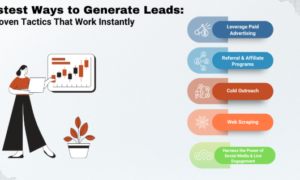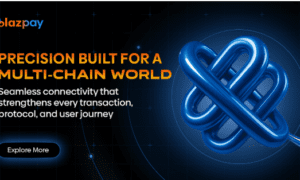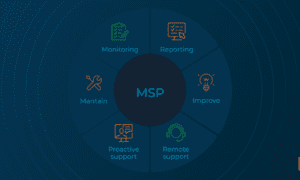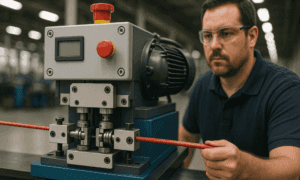Artificial intelligence is in transition. The world of single-turn, prompt-driven language models is already showing its limits, pushing the industry toward a future of context-aware, workflow-oriented, and self-learning systems. Enterprises and product teams alike are recognizing that real value comes not from static outputs, but from AI that behaves like a true collaborator—one that remembers, adapts, and operates responsibly at scale.
To understand this shift, we sat down with Boyan Wan, a founder-technologist and a SARC Journal author, has built AI-native consumer platforms and scaled startups across China and the U.S., offers a forward look at what comes next for AI/LLMs, and how enterprises should prepare for the agentic future.
Boyan, thanks for joining us. Let’s start simple: why are prompt-driven LLMs reaching their limits?
Prompt-driven models are incredible at generating useful one-off responses, but they lack continuity. Each prompt is a reset button—context disappears, and users or teams have to re-feed everything from scratch. For analytics and engineering teams, that’s inefficient and incomplete. The real world is longitudinal, situational, and dynamic. To unlock deeper value, we need systems that can sustain context across interactions, remember past decisions, and adapt over time.
What does that evolution toward context-aware collaborators look like in practice?
It’s about shifting from a tool to a partner. Imagine a long-context model with a memory schema and a context feature store. Instead of asking the same questions repeatedly, an AI agent can carry forward lessons, track outcomes, and refine its guidance. For product managers, that means richer insights tied to past experiments. For analytics leaders, it means more trustworthy signals from continuous learning rather than fragmented snapshots.
That sounds powerful, but what are the cost and infrastructure implications?
There are definitely trade-offs. Long-context inference, workflow orchestration, and hybrid inference patterns all increase complexity. Without careful MLOps practices, costs can balloon. The future is about efficiency-aware design: combining local or on-device inference for sensitive tasks with cloud-scale processing where it adds value. Governance-aware retrieval and gating are also crucial so that context is scoped responsibly. The right deployment pattern can make the difference between sustainable AI-native products and expensive prototypes.
You’ve written about privacy by design as a cornerstone for sustainable AI. How does that principle apply here?
The more autonomy we give AI agents, the stricter we need to be about scoping. Privacy by design means building guardrails at the architecture level. For instance, a financial assistant should query invoices but never payroll. A healthcare agent should pull fitness metrics but not personal messages. By constraining context access at the data layer, we enable presence—useful, responsive AI—without blanket exposure. That balance builds trust and keeps adoption viable.
What standards or benchmarks do you see emerging for enterprise AI?
We’re moving past accuracy-only metrics. Enterprises need evaluation frameworks that include evidence tracking, auditability, and governance compliance. Equally important are usability standards—agents must be understandable and predictable. I often stress that the goal is not just “more reasoning,” but better presence. That means being useful in the right context while staying within well-defined boundaries.
And how does this industry trajectory line up with enterprise demand?
If you look at Apple Intelligence, Microsoft Copilot, Google’s Workspace agents, or Slack’s roadmaps, the direction is clear: AI is moving into daily workflows. Enterprises want embedded, context-sensitive intelligence, not detached one-off tools. The challenge is building that presence responsibly—agents that help without overreaching. Once teams experience AI as an ongoing collaborator rather than a static prompt engine, the expectation shifts permanently.
Final thoughts—what’s the takeaway for engineering and product leaders preparing for this shift?
Think long-term. Invest in architectures that support context retention, governance-aware retrieval, and privacy by design. Recognize that inference efficiency and deployment patterns will determine sustainability. And above all, design for presence—AI that shows up where it matters, scoped properly, and delivering outcomes driven by user input. That’s where the industry is heading, and the companies that embrace it now will define the next generation of AI-native products.
As Wan, also a Forbes author, emphasizes, the future of AI is not about building ever-larger models but about embedding intelligence responsibly into the fabric of everyday workflows. Contextual memory, privacy-first architectures, and governance-aware deployment are becoming the new pillars of sustainable AI adoption. The next decade will be shaped by organizations that master this balance—delivering systems that act less like machines and more like trusted collaborators. In this vision, AI becomes not just a tool for efficiency but a foundation for reimagining how enterprises create, decide, and grow.



































